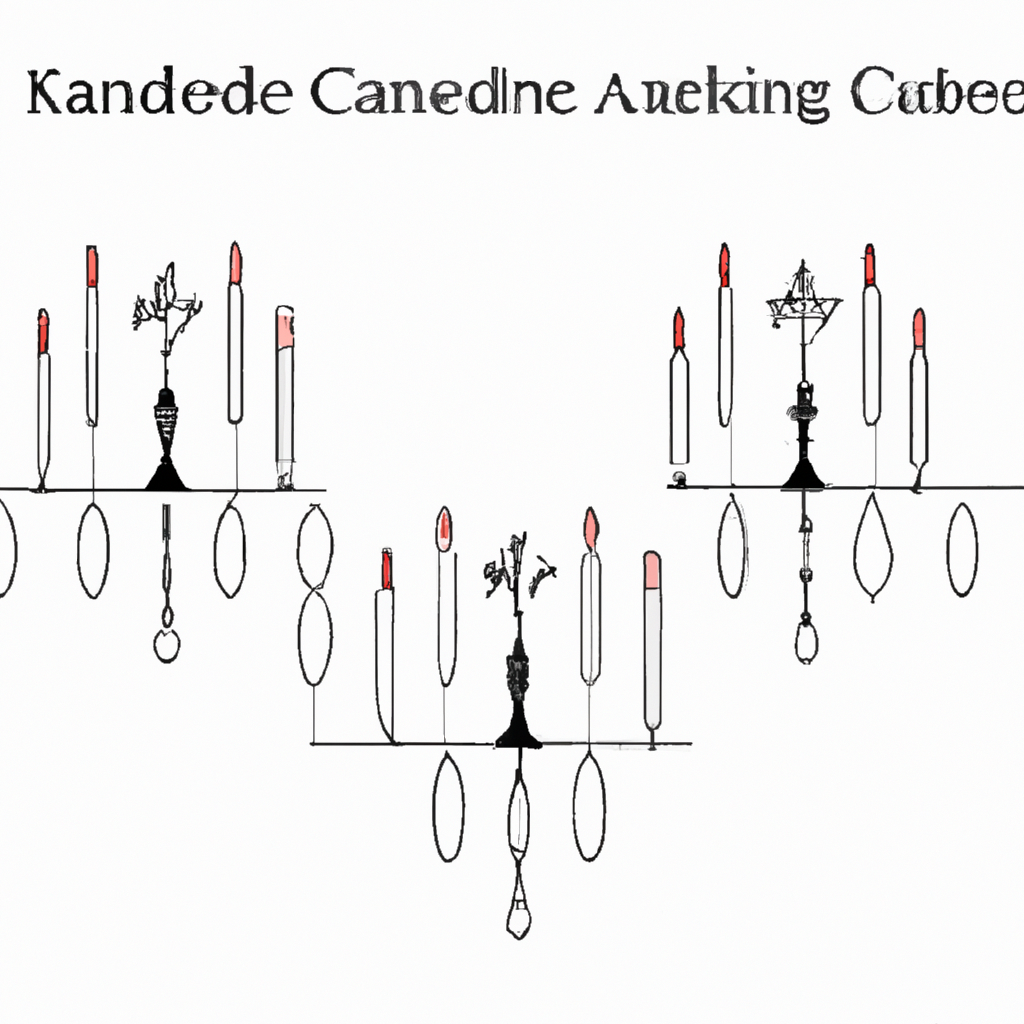
Candlestick Patterns Explained
Candlestick patterns are a popular tool used by traders to analyze and predict market movements. These patterns are formed by the price movements of a financial asset over a certain period of time, typically displayed in a candlestick chart. Each candlestick represents a specific time frame, such as one day, and shows the open, high, low, and close prices for that period.
Types of Candlestick Patterns
There are numerous candlestick patterns that traders use to make trading decisions. Some of the most common patterns include:
- Doji
- Hammer
- Engulfing
- Doji Star
- Shooting Star
Interpreting Candlestick Patterns
Each candlestick pattern provides valuable information about market sentiment and potential price movements. For example, a Doji pattern indicates indecision in the market, while a Hammer pattern suggests a potential reversal in price direction. Traders use these patterns to identify entry and exit points for their trades.
Using Candlestick Patterns in Trading
When using candlestick patterns in trading, it is important to consider the overall market context and use other technical indicators to confirm your analysis. It is also crucial to practice risk management and set stop-loss orders to protect your capital.
Additionally, it is recommended to backtest your trading strategy using historical data to see how well it performs with different candlestick patterns. This can help you refine your approach and improve your trading results over time.
Conclusion
Candlestick patterns are a powerful tool for traders to analyze market movements and make informed trading decisions. By understanding the different types of patterns and how to interpret them, traders can gain a competitive edge in the financial markets. Remember to always practice proper risk management and continuously improve your trading strategy to achieve long-term success.





